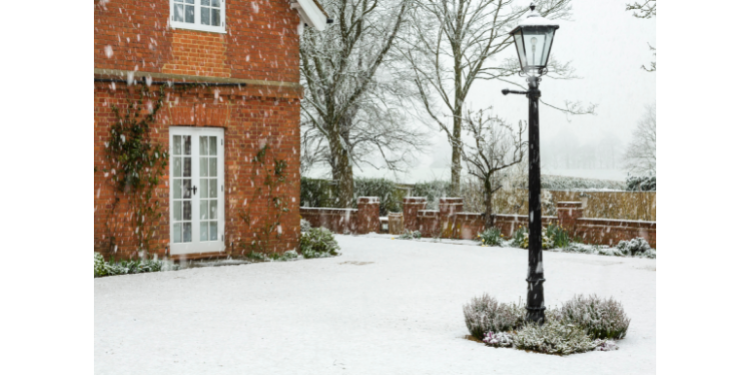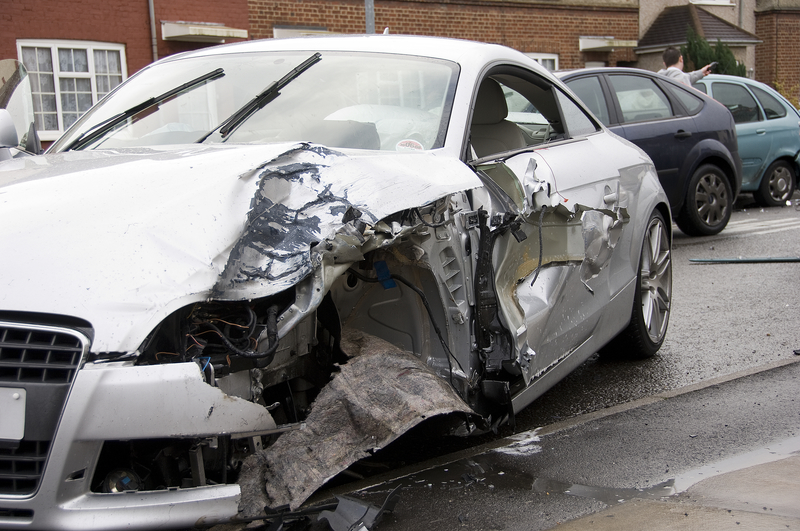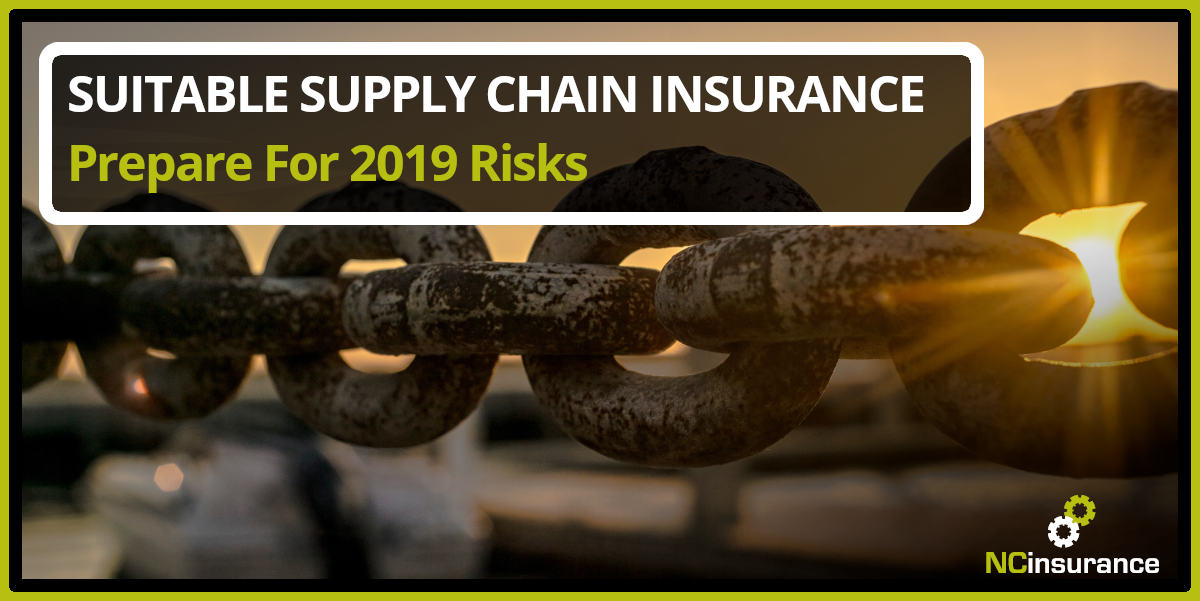
How to keep your pipes from freezing
Did You Know?
The average claim for burst pipe damage is between £6,500 and £7,500, according to the Association of British Insurers. Generally, pipes that are exposed to outdoor temperatures and pipes that run along exterior walls with minimal lagging tend to freeze more easily. Continue reading for tips on keeping your pipes from freezing.
Use the following recommendations to prevent frozen pipes in your home:
- Lag pipes and water tanks in unheated interior areas, such as loft spaces and garages.
- Open the loft trap door on cold days to let heat circulate.
- Consider wrapping vulnerable pipes in electric heat tape for extra lagging.
- Ensure there are no cracks or gaps around the pipes that enter your home, and fill any you find.
- Disconnect outdoor items such as hoses.
- Know where your stopcock is and make sure you can turn it off when necessary.
- Keep your heating on at regular intervals, and set it on a timer or leave it on low if you’re going away. If you are going away, ask someone like a friend or neighbour to periodically check the temperature in your home.
- Check that your boiler has been serviced.
- If your property is going to be unoccupied for longer periods, turn off the water at the stopcock and consider draining the system so there is no water left in the pipes.
Safety First
If you discover your pipes are frozen, turn your water off at the main stopcock straight away. Check to see if any pipes have burst. If not, either wait for them to warm up or thaw them with a hairdryer on the lowest setting, hot water bottles or a towel soaked in hot water starting at the end nearest the tap.
If you find a burst pipe, turn your water off at the main stopcock and open all the taps to drain the system. Switch off central heating and any other water heating installations. Contact NC Insurance for advice, including arranging for professional repairs.






